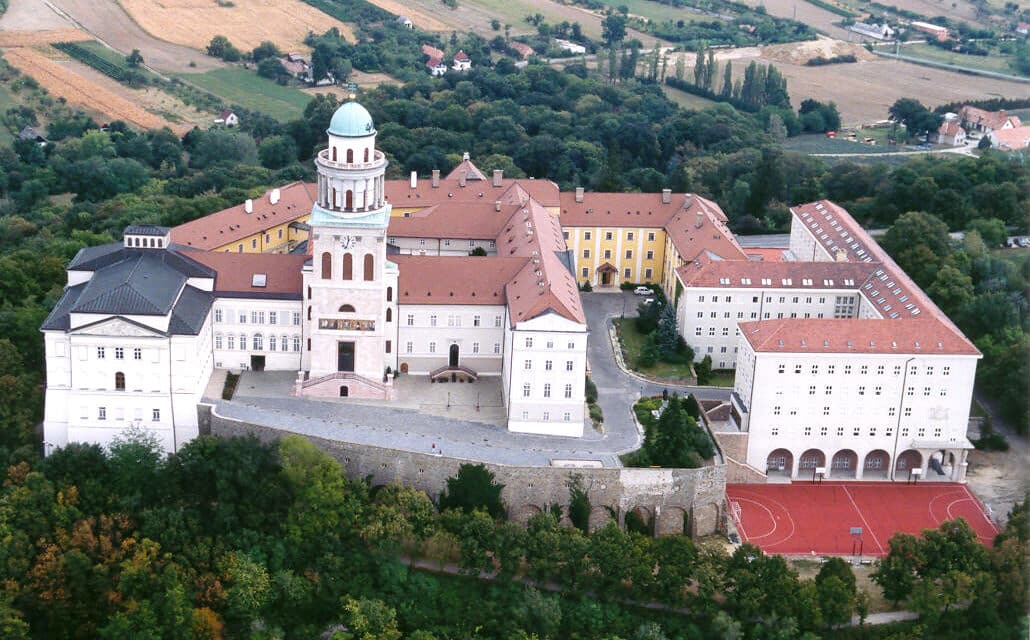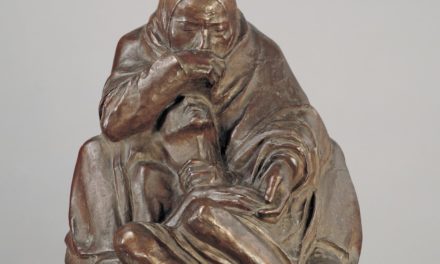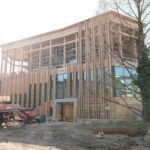The Benedictine Abbey of Pannonhalma is located about 20 km south of Györ. It was founded in 996, where Christianization began and where the first texts in Hungarian were written. The buildings of the monastery are up to 800 years old. The Archabbey of Pannonhalma is still inhabited and managed by Benedictine monks. The abbey has been a UNESCO World Heritage Site since 1996.
At the time of Roman Pannonia, a Roman settlement called Sabaria was established near the Martinsberg - the later location of the monastery. Some Roman stone monuments, which are now protected in the inner courtyard of the monastery, are early evidence of the ancient regional settlement. The ancient town perished during the Migration Period. The existence of Sabaria was of great importance for the self-image of the medieval monastery foundation, as according to local tradition, Saint Martin was born there around 316/317. He gave the monastic foundation its name: Monasterium Sancti Martini - Monastery of St. Martin. As today's Szombathely was also called Savaria in Roman times, the true origin of the saint is still debated today.
The abbey was only given the name Pannonhalma in 1823, when the Hungarian language innovator Ferenc Kazinczy used this term for the first time in the course of Magyarization, which he had developed from the Latin Mons Sacer Pannoniae (Holy Mountain of Pannonia) in the foundation charter.
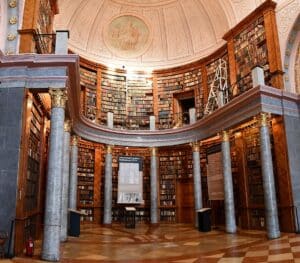
Library of the Benedictine Abbey in Pannonhalma, Hungary
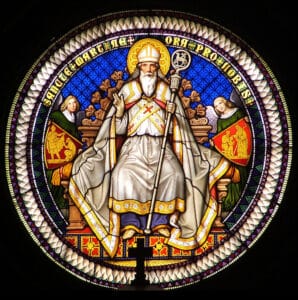
Stained glass window with St. Martin

